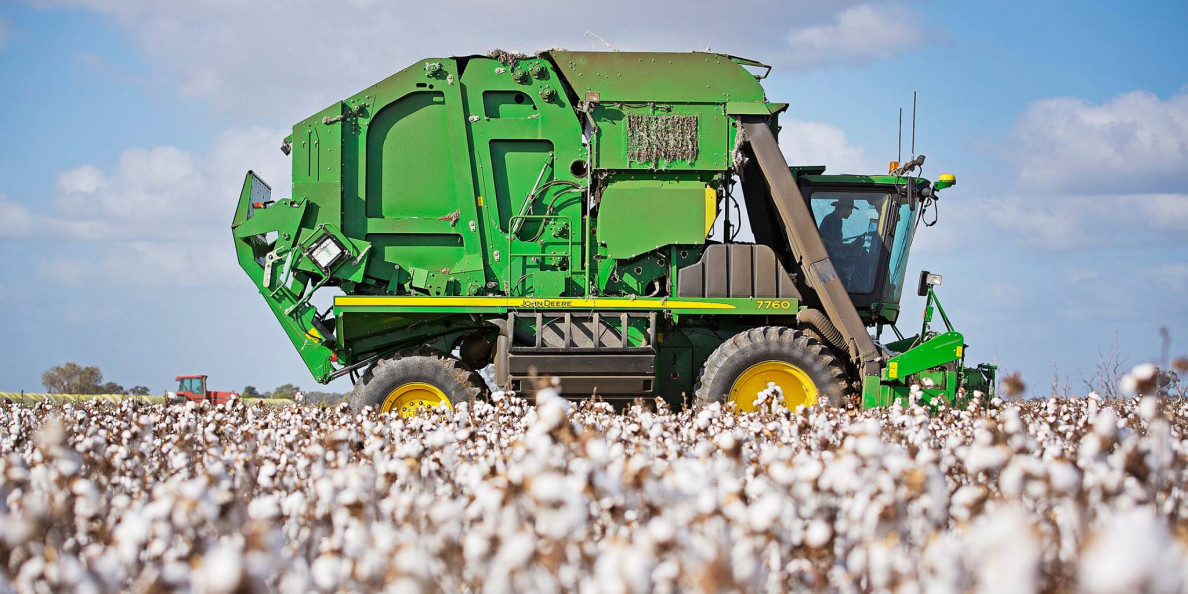USDA’s May World Agricultural Supply and Demand Estimates report is ordinarily a benchmark forecast of the new crop balance sheet. This report had the same bearish implication for both the ‘19/’20 and ‘20/’21 marketing years.
As in the April WASDE, USDA again whittled down its cotton demand category estimates to account for the likely massive disruption of the retail apparel and home furnishings markets by the global pandemic. World consumption saw another large month-over-month cut in the May WASDE, while USDA trimmed U.S. cotton mill use by 200,000 bales. While U.S. exports weren’t adjusted in May, they were slashed 1.5 million bales previously in April.
Between the recessionary impact and the physical sheltering of consumers, we should see a drop in consumption of cotton products. Some of the early evidence of this disruption was an incredible 79% month-over-month drop in U.S. retail apparel store sales in April.
With old and new crop production projected at healthy levels, the result of these adjustments are very high ending stocks. The old and new crop projections of U.S. carry-out are 7.1 and 7.7 million bales, respectively. Those are historically and theoretically price weakening levels of ending stocks.
The old crop market has nevertheless seen some lift from artificial life support. As of this writing, the July’20 contract is trading above 58 cents per pound. The lack of selling may be related to the absence of short sellers due to inflationary fears about central bank stimulus policies. It also may be related to a lack of tenderable bales for delivery against the July’20 contract. If true, this may but be temporary relief.
After the July’20 contract goes off the board, Dec’20 will be left to its own bearish fundamentals. Short of a major crop failure, there will likely be too much cotton for the available demand. That poses a risk of Dec’20 retesting the lower 50s. The saving grace of this disaster is that LDP and seed cotton PLC payment rates should be increasing as prices slide.
For additional thoughts on these and other cotton marketing topics, please visit my weekly on-line newsletter at http://agrilife.org/cottonmarketing/.


